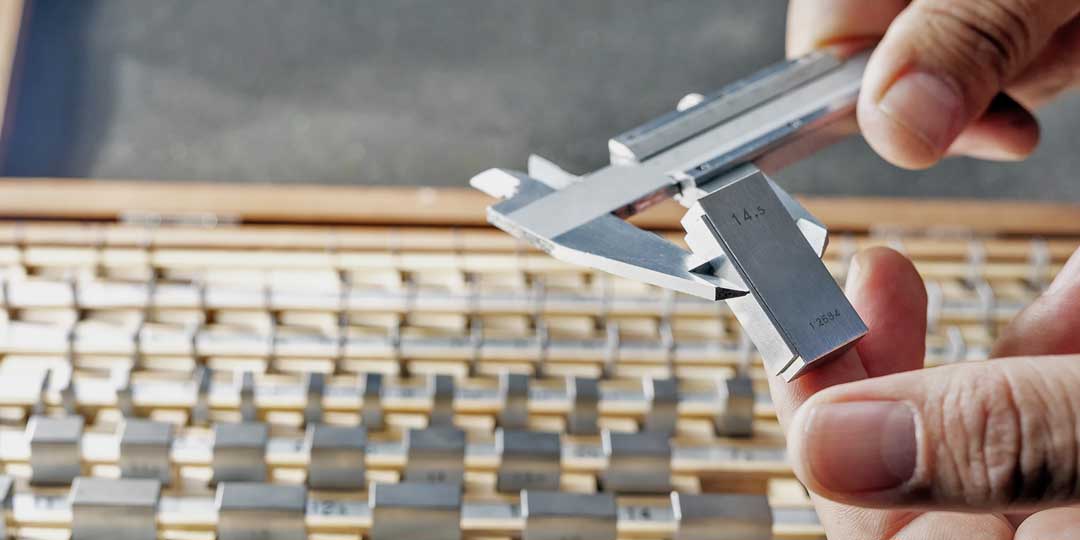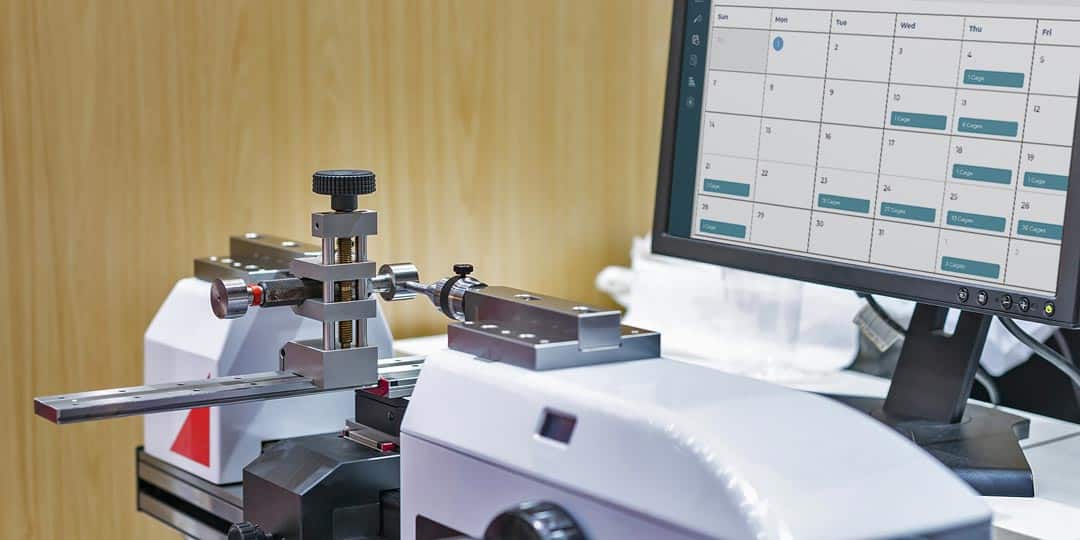Calibration Requirements of ISO 17025:2017
ISO 17025 Compliance for Calibration and Testing Labs
What is ISO 17025:2017?
ISO 17025:2017 is an international standard developed by the International Organization for Standardization (ISO) that specifies the general requirements for the competence of testing and calibration laboratories. It provides a framework for laboratories to demonstrate that they operate competently and generate valid results, thereby promoting confidence in their work both nationally and internationally. GageList supports cal labs in complying with the calibration requirements of ISO 29001:2020.
ISO 17025:2017 addresses calibration requirements in several sections. GageList online calibration management software helps organizations meet these requirements in some important and unique ways.
Calibration Requirements in ISO 17025:2017
The specific calibration requirements of ISO 17025:2017 are primarily addressed in Clause 6.4 “Equipment” and Clause 7.7 “Ensuring the validity of results.” Organizations should establish and maintain a calibration process that meets the following requirements:
- Selection of appropriate equipment: Choose equipment that meets the laboratory’s measurement requirements and is capable of achieving the required accuracy and measurement uncertainty.
- Calibration and verification: Calibrate and verify equipment at specified intervals, or before use, as necessary. Use traceable measurement standards for calibration whenever possible.
- Identification of equipment: Uniquely identify each calibrated instrument through labels, asset tags, or other identification methods, so that its calibration status can be easily determined.
- Handling, storage, and maintenance: Ensure that the equipment is properly stored, handled, and maintained to preserve its accuracy and reliability. Protect it from damage, deterioration, or unintended adjustments.
- Control of equipment adjustments: Implement a process to control adjustments and re-calibration of equipment, as necessary, to maintain its accuracy and reliability.
- Retaining documented information: Keep records of the calibration process, including the basis used for calibration, calibration results, and any necessary adjustments. Retain documented information as evidence of the organization’s efforts to maintain the accuracy of its monitoring and measuring resources.

Calibration-Related Clauses in ISO 17025:2017
In addition to the calibration requirements mentioned above, several other clauses in ISO 17025:2017 provide context or complement the calibration requirements:
- Clause 6.3: Facilities and environmental conditions – Addresses the need for appropriate environmental conditions to ensure the validity of calibration results.
- Clause 7.1: Review of requests, tenders, and contracts – Requires the laboratory to ensure that it has the capability and resources to meet the calibration requirements specified in contracts or customer requests.
- Clause 7.2: Selection, verification, and validation of methods – Addresses the need to select, verify, and validate methods that are suitable for the intended calibration purpose.
- Clause 7.6: Evaluation of measurement uncertainty – Specifies the requirements for evaluating and reporting measurement uncertainty associated with calibration results.
By understanding and implementing these clauses, a laboratory can ensure that its monitoring and measuring resources are properly calibrated and maintained, contributing to the overall competence of the laboratory.

How GageList Helps Meet ISO 17025:2017 Calibration Requirements
GageList is an online calibration management software designed to help cal labs and organizations manage their calibration processes more efficiently. It helps laboratories meet the calibration requirements of ISO 17025:2017 in the following ways:
- Simple Multi-Site Gage Management – Lets you manage calibration in all your locations and customer sites from a single dashboard.
Free Mobile App for iOS and Android – Manage gages anywhere, any time, on any device, online or offline. - Unlimited Users on all accounts at no extra cost. No expensive seat licenses to complicate your life. Add customer users if you like, with permission controls to limit their access to the tools you prefer.
- Public API – Integrate GageList with your CRM, billing, bookkeeping and other applications to create a seamless workflow.
- Secure, centralized record-keeping: Allows unlimited users to have secure, role-based access control to ensure that only authorized personnel can view, modify, or manage calibration records and equipment information, safeguarding the validity of results and complying with ISO 17025:2017 requirements.
- Information security: GageList is SOC2 compliant, demonstrating commitment to high levels of security, processing integrity, availability, confidentiality, and privacy. GageList stores data securely on cloud servers, with regular backups and data encryption, ensuring that calibration records are protected and available when needed for audits or other quality management activities.
- Calibration scheduling and reminders: GageList sends automatic notifications and reminders for upcoming calibrations or verifications, ensuring that laboratories calibrate their equipment at specified intervals and in compliance with ISO 17025:2017.
- Calibration history and traceability: Store the complete calibration history of each piece of equipment, to make it easy to maintain traceability.
- Customized reports: Generate customized reports on various aspects of the calibration process, such as calibration due dates, equipment status, and calibration history. These reports can be used to evaluate the effectiveness of the calibration process and support decision-making.
- Documented procedures and work instructions: GageList can store and manage procedures and work instructions related to calibration processes, helping maintain consistency and accuracy in calibration activities.
- Gage R&R and uncertainty: GageList is implementing intuitive, world-class Measurement System Analysis tools to fully support critical metrology requirements.
If you have additional questions about implementing a calibration program to support compliance with ISO 17025:2017, please feel free to reach out to our Customer Success Team.

